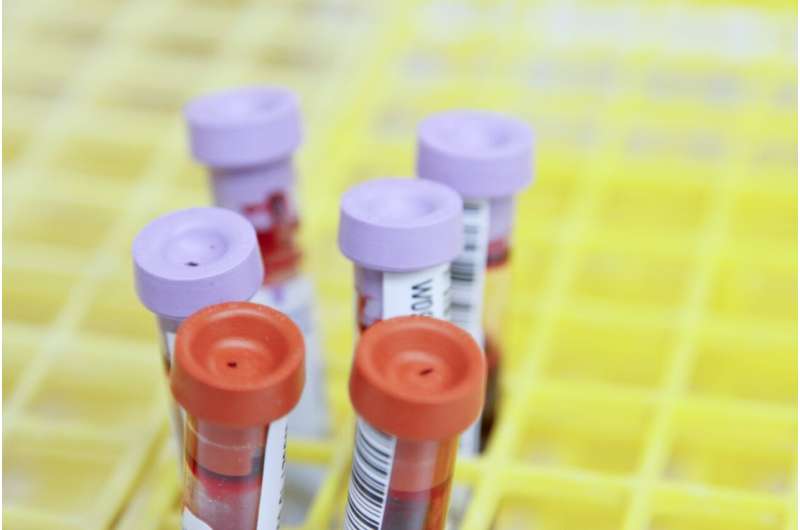Innovative Compounds Enhance Cellular Defense Against Multiple Viruses

MIT scientists have discovered new compounds that activate cellular defense pathways, offering a promising approach for broad-spectrum antiviral treatments targeting multiple viruses.
Researchers from MIT and collaborating institutions have made a significant breakthrough in antiviral drug development by discovering compounds that activate the cell’s intrinsic defense mechanisms, enabling them to combat a wide variety of viruses. Using an advanced optogenetic screening method, scientists identified molecules that stimulate the host cell's integrated stress response pathway—a natural defense system that, when activated, halts protein synthesis within infected cells, thereby impeding viral replication.
This discovery was achieved through screening nearly 400,000 chemical compounds in human cells engineered to respond to blue light stimulation. The compounds that showed promise were found to enhance the activation of PKR, a key protein that initiates the stress response. When triggered, this pathway not only blocks the replication of viruses such as RSV, herpes virus, and Zika virus but also demonstrated effectiveness in reducing herpes infection in mouse models.
The most promising candidates identified include IBX-200, IBX-202, and IBX-204. These compounds significantly lowered viral loads in infected cells and, notably, IBX-200 was able to decrease viral presence and alleviate symptoms in herpes-infected mice.
This research paves the way for developing broad-spectrum antiviral drugs that operate by modulating host cell responses rather than targeting individual viruses. Such an approach could revolutionize how we combat viral diseases, offering a versatile and powerful tool against emerging and re-emerging pathogens.
The team plans to expand testing against other viruses and explore additional compounds that harness cellular stress pathways. This innovative strategy highlights the potential of host-targeted therapies in the future landscape of antiviral medicine.
Source: https://medicalxpress.com/news/2025-07-newly-compounds-cells-wide-range.html
Stay Updated with Mia's Feed
Get the latest health & wellness insights delivered straight to your inbox.
Related Articles
Risks of Medical Misinformation in AI Chatbots Highlight Urgent Need for Enhanced Safeguards
A groundbreaking study highlights how AI chatbots in healthcare can inadvertently spread false medical information, emphasizing the urgent need for enhanced safety safeguards to prevent misinformation and ensure patient safety.
Innovative Approaches in Blood Cancer Research Focused on Mutation Identification for Better Management
Researchers at the University of Cincinnati are pioneering mutation identification techniques to develop targeted therapies and make blood cancer a more manageable disease, accelerating progress through innovative lab and clinical collaborations.
Global Decline in Chronic Disease Mortality Shows Signs of Slowing Progress
A new study reveals that while deaths from chronic diseases are declining worldwide, the rate of improvement is slowing, emphasizing the need for stronger global health efforts. Read more about the latest findings and implications for future strategies.



